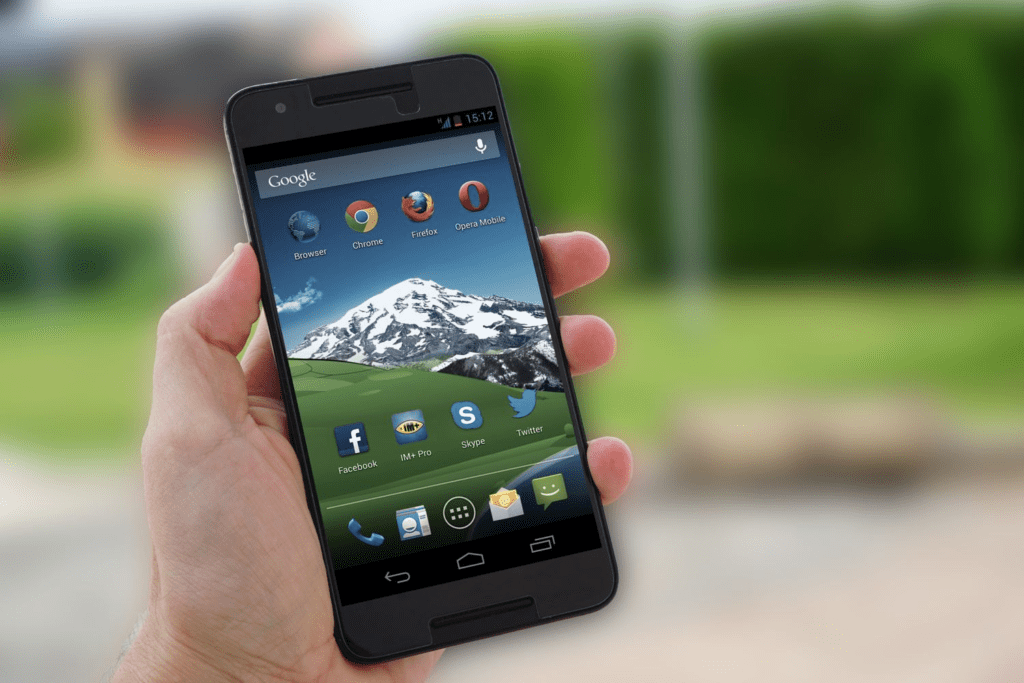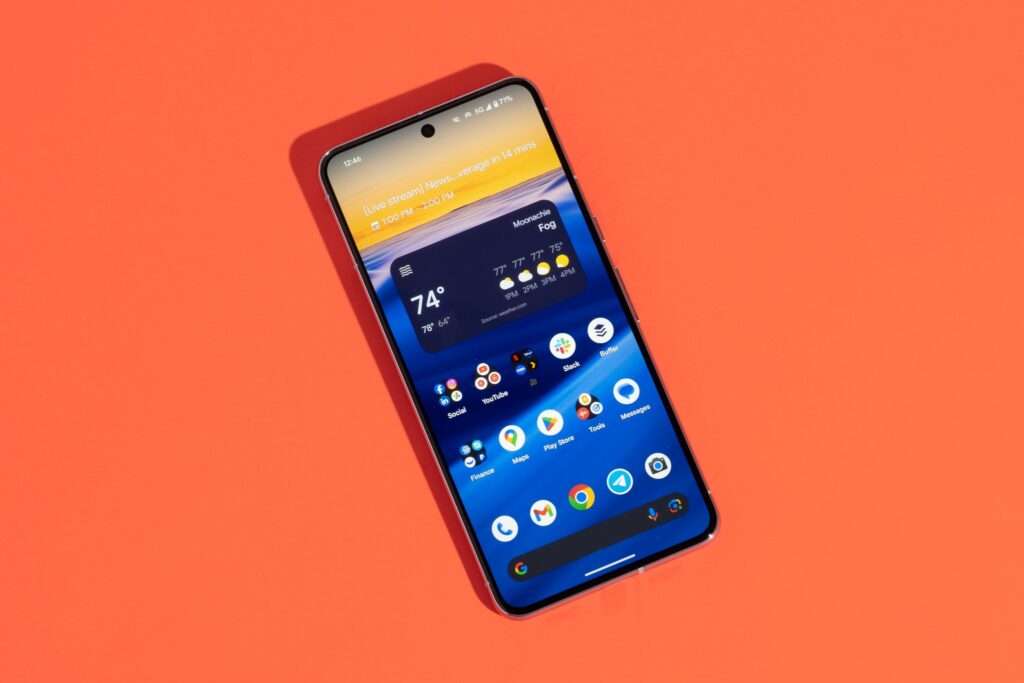It’s a disconcerting feeling to realize that someone has accessed your phone without your permission and possibly hidden things within it. Whether it’s a personal document, a photo, or even an app, the invasion of privacy can be unsettling. This article will guide you through methods to uncover hidden items on both iPhone and Android devices.
How to Find Hidden Things on Someone’s iPhone
Apple devices are known for their robust security, but there are still a few avenues to explore when searching for hidden items.
1. Check Hidden Apps
- Unhide Hidden Pages:
- Press and hold on an empty space on your home screen until the apps start jiggling.
- Tap the dots at the bottom of the screen to reveal all pages.
- Check if any pages are unchecked. Check them to unhide.
- Spotlight Search:
- Swipe down from the home screen to activate Spotlight search.
- Type the name of a suspected hidden app. If it exists, it will appear in the results.
- App Library:
- Swipe leftmost on your home screen to access the App Library.
- Use the search bar or scroll through categories to find potential hidden apps.
- Hidden Purchases:
- Go to Settings > [Your Name] > Media & Purchases > View Account.
- Tap on “Hidden Purchases” to see a list of previously hidden apps.
2. Explore File Managers (Third-Party Apps)
While iOS doesn’t have a built-in file manager, third-party apps like File or Documents can help you explore file structures. Look for hidden folders or files with unusual names or extensions.
3. Check Cloud Storage
If cloud storage services like iCloud are enabled, check for any recently uploaded or modified files or folders that you don’t recognize.
4. Consider Data Recovery Tools
In extreme cases, you might consider using data recovery tools. However, these tools can be complex and might not guarantee results.

How to Find Hidden Things on Someone’s Android Phone
Android devices offer more flexibility in terms of file management and customization, which can also mean more hiding places.
1. Explore File Manager
- Open your device’s built-in file manager (usually labeled “Files” or “My Files”).
- Look for hidden folders or files. On some Android versions, you might need to enable “Show hidden files” in settings.
- Check for unusual file names or extensions.
2. Investigate App Permissions
- Go to Settings > Apps & notifications.
- Review app permissions, especially those related to storage, camera, and microphone.
- Look for apps with suspicious permissions or unusual behavior.
3. Check for Secret Launchers
Some launchers can hide apps and create shortcuts that look like different apps. Check if your device has a custom launcher installed.
4. Look for Hidden Apps
- Some apps can hide their icons. Check the app drawer or use a third-party app manager to find hidden apps.
5. Consider Third-Party Security Apps
While not foolproof, security apps might detect hidden activities or malicious software.
Finding hidden items can be time-consuming. Be systematic and thorough in your search. If you’re unable to find the hidden items yourself, consider consulting a digital forensics expert such as Polosploits.
When DIY Isn’t Enough: Getting Professional Help
While the methods outlined above can be helpful in uncovering hidden items on your phone, there are instances where the situation might require a more specialized approach. This is where professional services like Polosploits can be invaluable.
Polosploits is a reputable service that specializes in digital forensics and data recovery. Their expertise extends to uncovering hidden information on mobile devices. If you’ve exhausted your own troubleshooting efforts and are still unable to find what you’re looking for, engaging a professional like Polosploits can provide the necessary tools and knowledge to extract the information you need.
Key benefits of using a professional service like Polosploits:
- Expertise: Professionals have in-depth knowledge of complex operating systems and data recovery techniques.
- Time-saving: They can efficiently uncover hidden information, saving you hours of frustration.
- Data Integrity: Professionals prioritize data recovery while minimizing the risk of data loss.
Important Considerations:
- Privacy: Respect the privacy of others. Avoid accessing personal information without consent.
- Data Backup: Create a backup of your phone’s data before attempting any recovery or troubleshooting.



